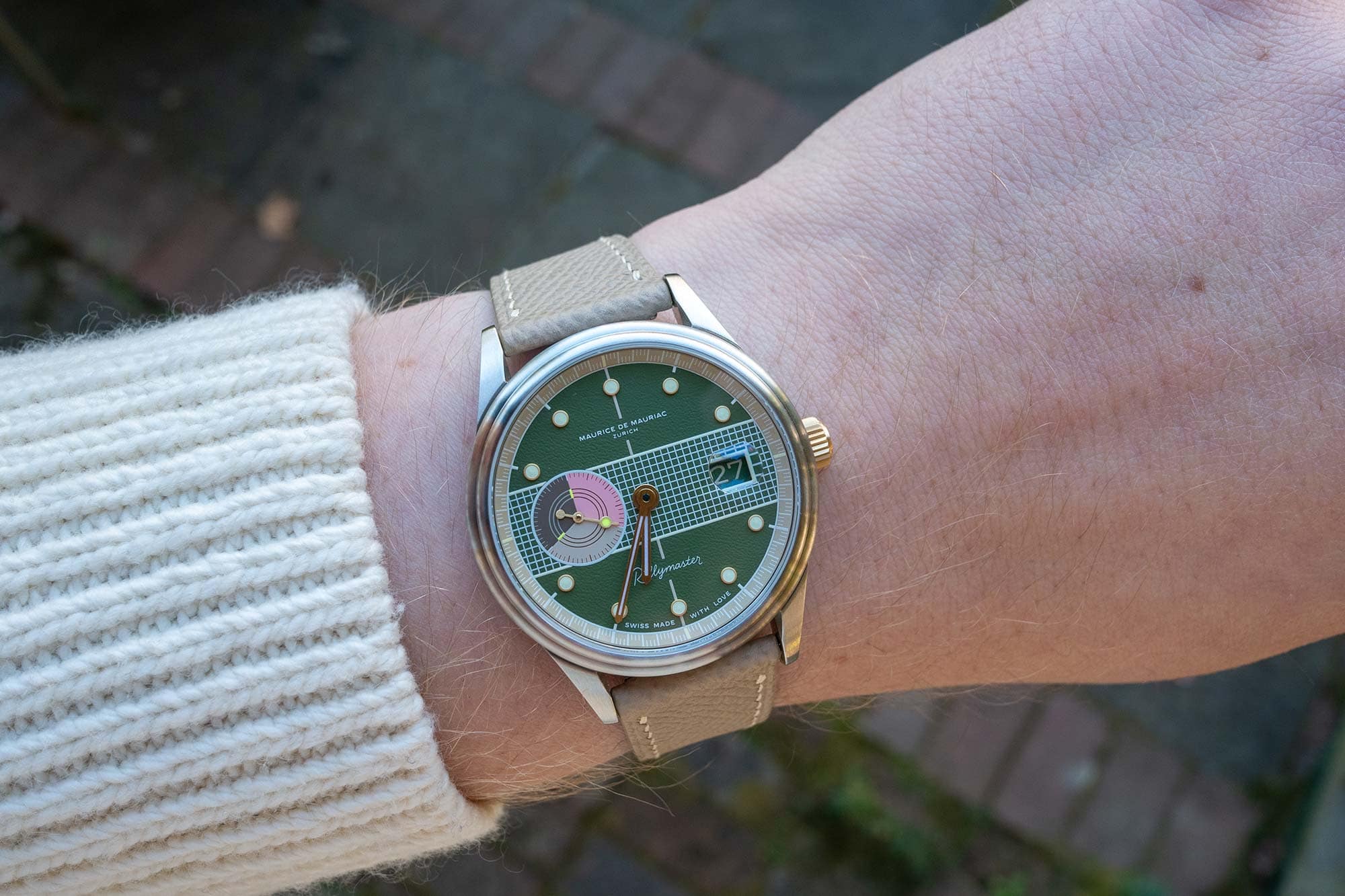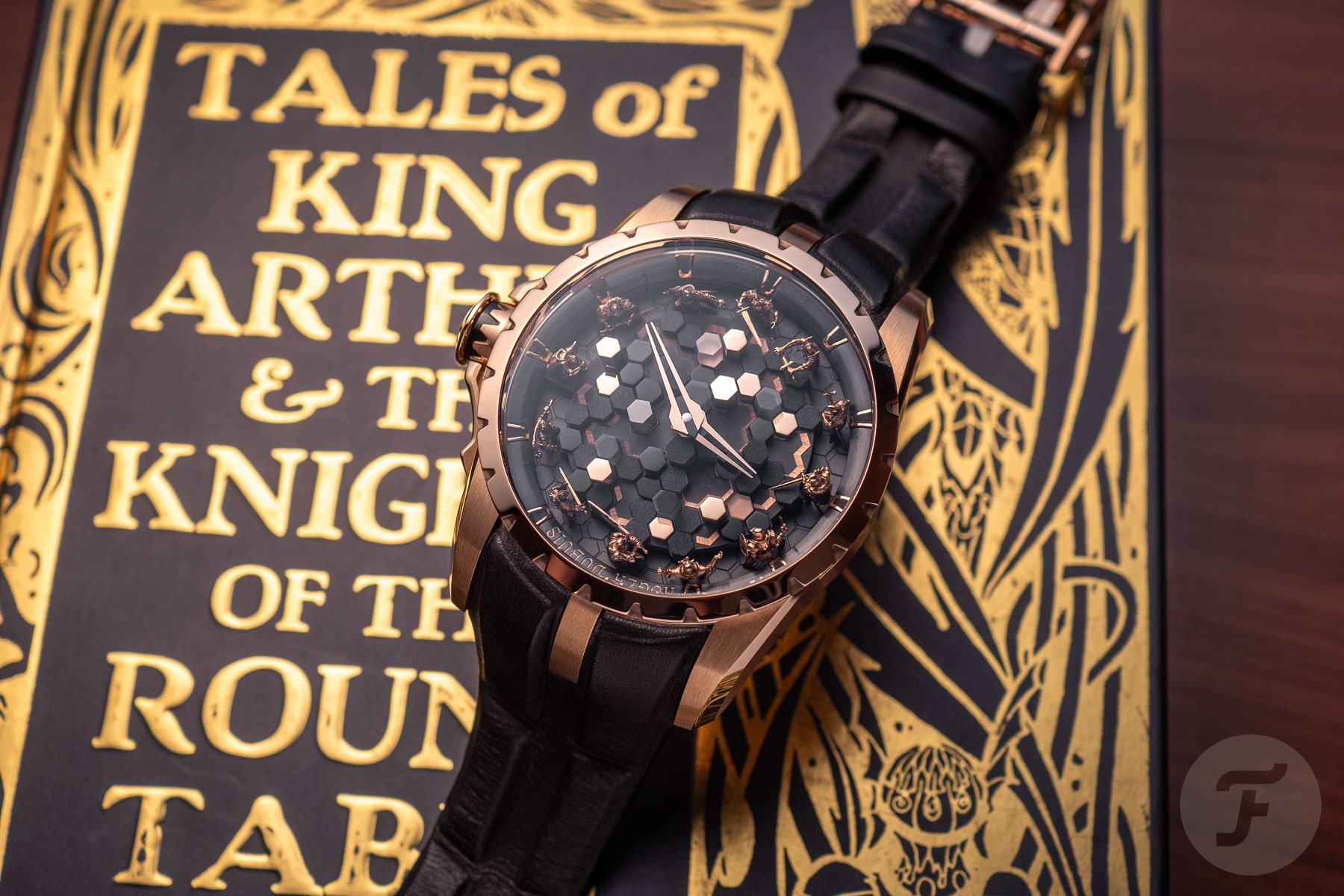The Greatest Horological Inventions of All Time: the Pendulum Clock and Improving the Accuracy of Timekeeping

Editor’s Note: Today, a new series from Andrew Canter: the Greatest Horological Inventions of All Time. In this first installment, Andrew looks at the pendulum clock, an invention largely taken for granted today, but one which led to virtually every horological advancement commonly known. It also had a profound ripple effect on how we live our lives, allowing human beings the ability the schedule events with a level of precision previously impossible.Â
In 16th century London, only the very wealthy owned domestic clocks, watches and sundials. Inventories of their property suggest that most clocks and watches were imported from Germany, France and the Low Countries (see below). By about 1600 however, a small group of makers had become established in the City of London. King Henry VIII (1509 ? 1547) and his successors encouraged foreign makers and mathematicians to settle in London and bring their skills with them.
Sir Thomas More, his father, his household and his descendants by Rowland Lockey, after Hans Holbein the Younger oil on canvas, 1593 © National Portrait Gallery, London
Portrait of Lady Bolle, Circle of Paul Van Somer, London 1627. Portrayed wearing a set of superb matching jewellery, which includes a fine ruby-set watch, with its key. Image Courtesy of the Science Museum Group/The Clockmakers’ Museum © The Board of Trustees of the Science Museum, London
As the market for clocks and watches grew in London, more and more immigrant makers m...
| -------------------------------- |
|
|
Introducing – The Bremont Terra Nova 40.5 Date Caramel Limited Edition
31-10-2024 04:00 - (
Luxury Watch )












